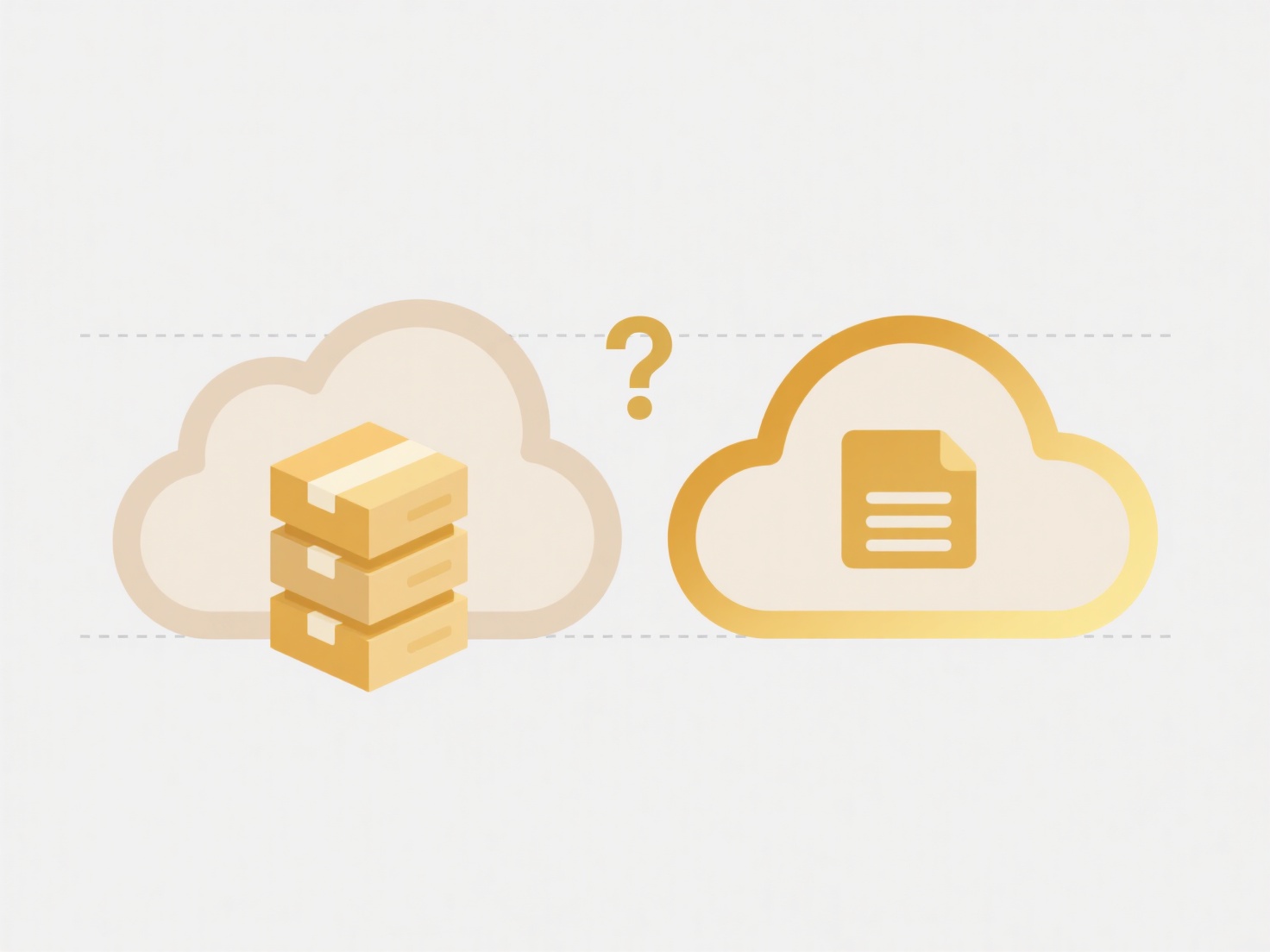
In high-security environments, secure file sharing prioritizes protecting sensitive information like classified data or intellectual property from unauthorized access or leaks. This differs from regular file transfers through enforced methods like encryption for unreadable data during transit/rest, strict access controls verifying user identities (with multi-factor authentication), and specialized transfer systems avoiding public internet tools. Access is granted only through confirmed necessity principles.
Specific practices include using encrypted, accredited email platforms with mandatory recipient authentication for government agencies sharing classified briefings. Healthcare providers may employ managed file transfer solutions meeting HIPAA standards, logging every encrypted medical record exchange between hospitals and insurers. Financial institutions often mandate data loss prevention tools scanning transfers for regulated information like cardholder data before allowing encrypted sharing through sanctioned channels.

While highly secure, these practices often reduce user convenience through required authentication steps or specialized software use. The rigid protocols can sometimes create friction or shadow IT workarounds causing vulnerabilities. Ethical implications center on balancing security needs with operational efficiency. Future adoption increasingly focuses on zero-trust models continuously validating transfers through automated policy enforcement while maintaining security.
What are best practices for sharing files in high-security environments?
In high-security environments, secure file sharing prioritizes protecting sensitive information like classified data or intellectual property from unauthorized access or leaks. This differs from regular file transfers through enforced methods like encryption for unreadable data during transit/rest, strict access controls verifying user identities (with multi-factor authentication), and specialized transfer systems avoiding public internet tools. Access is granted only through confirmed necessity principles.
Specific practices include using encrypted, accredited email platforms with mandatory recipient authentication for government agencies sharing classified briefings. Healthcare providers may employ managed file transfer solutions meeting HIPAA standards, logging every encrypted medical record exchange between hospitals and insurers. Financial institutions often mandate data loss prevention tools scanning transfers for regulated information like cardholder data before allowing encrypted sharing through sanctioned channels.

While highly secure, these practices often reduce user convenience through required authentication steps or specialized software use. The rigid protocols can sometimes create friction or shadow IT workarounds causing vulnerabilities. Ethical implications center on balancing security needs with operational efficiency. Future adoption increasingly focuses on zero-trust models continuously validating transfers through automated policy enforcement while maintaining security.
Related Recommendations
Quick Article Links
Can I sort search results by relevance or date?
Relevance sorting ranks results based on how closely they match your search query, considering factors like keywords, co...
Why are my cloud files duplicating?
Cloud file duplication typically occurs when automated syncing processes create multiple copies of the same file uninten...
How do I search for temporary files or auto-saves?
Temporary files are unsaved working copies created by applications for active tasks like editing documents; they typical...